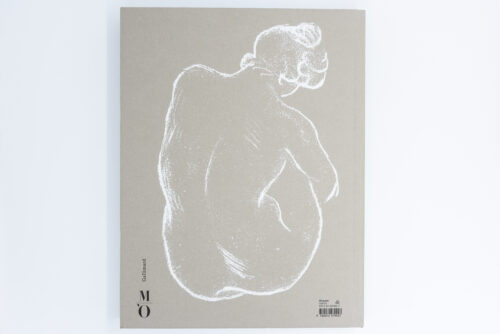








Ophélie Ferlier-Bouat, Antoinette Le Normand-RomainMaillol
Initially a painter, Maillol turned to tapestry and the decorative arts. Little known, this first part of his career, during which he looked at Gauguin and Puvis de Chavannes and forged close links with the Nabis, shows an artist eager to rediscover the principles of mural decoration. He only discovered sculpture around 1895, initially on wood and of small dimensions: Octave Mirbeau and Ambroise Vollard among others recognised its qualities.
The Mediterranean, created for Count Kessler, appears to be the manifesto of the “return to order”, of which Maillol is a major player: proscribing any search for expression, he establishes a new classicism and inscribes female bodies, with their robust and sensual anatomy, in simple geometric forms. Maillol moved with ease from the sketch to the monumental, in continuous back and forth movements.
The imposing Monument à Cézanne invites us to delve into his creative process, before the great figures, the culmination of a career in which the search for formal perfection plays an essential role.








- Ophélie Ferlier-Bouat, Antoinette Le Normand-Romain
- Coédition Gallimard/Musée d'Orsay
- Language French
- Release2022
- Pages352
- Format29 x 12 cm
- ISBN9782072979927









